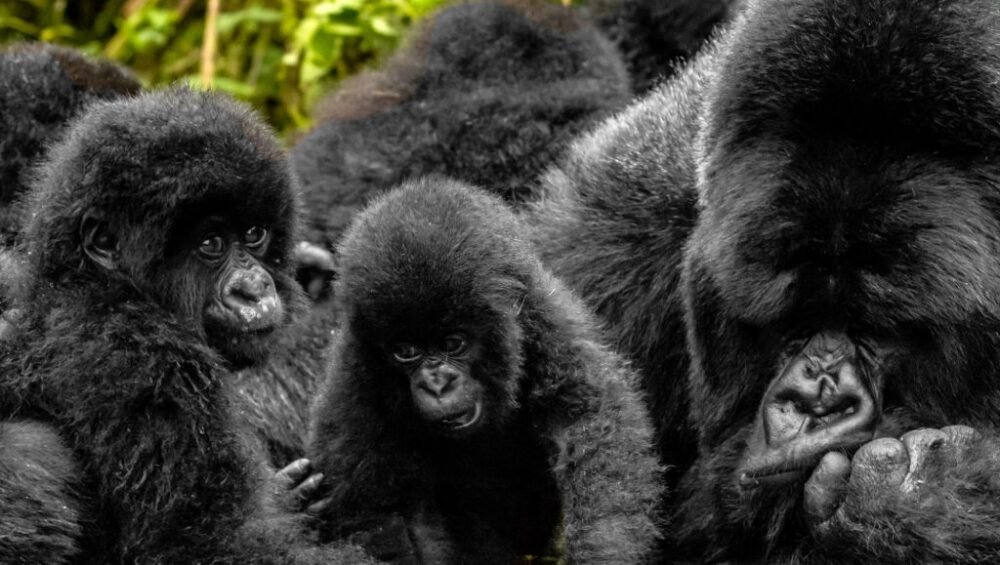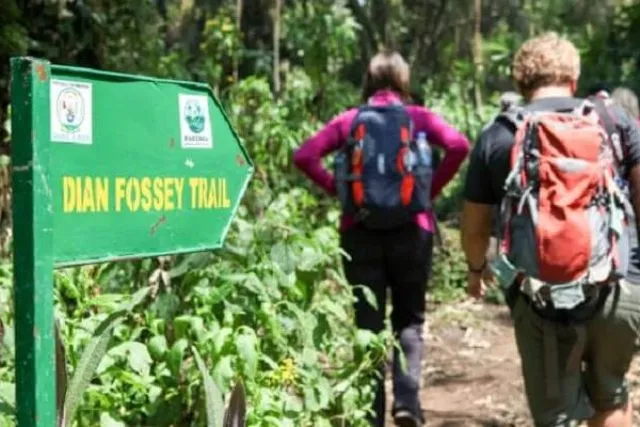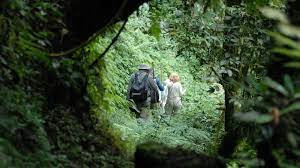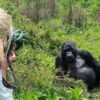Rwanda Gorilla Groups
Rwanda Gorilla Groups

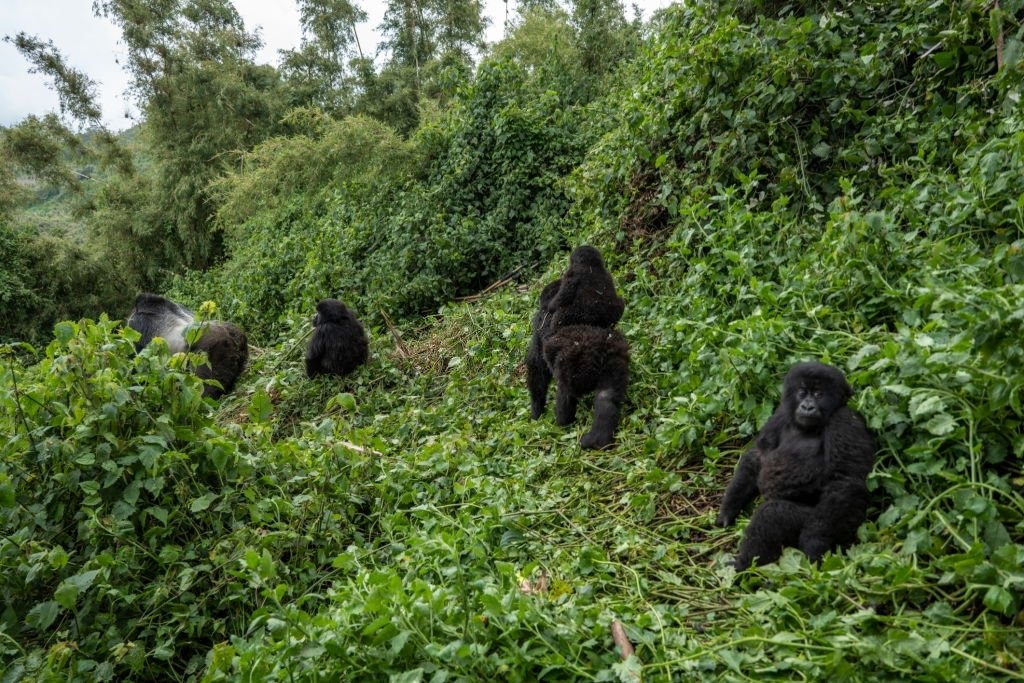
Rwanda has a total of 10 gorilla families in the volcanoes national park northwestern part of the country. Each family is trekked by a group of eight people per day and the allocation depends on the traveler’s fitness and his/her choice. Gorilla families are located on different altitude which are nearer, medium and hard, which mean that travelers choose which ones they want to trek depending on their fitness. However regardless of which group trekked, all travelers are assured of a memorable experience. Gorilla Trek Africa bring you details on each gorilla group in Volcanoes National park.
Susa family
The family derives its name from Susa river along which the gorilla family was first spotted by Dian Fossey which make it the favorite of most people on Rwanda gorilla safaris. Susa family was known to be the largest gorilla family in the entire volcanoes national park with 42 members and would sometimes move to the higher altitudes which make its trekking quite difficult. However, the family later split to form karismbi family, which reduced the number of members to 28 gorilla members.
The family derives its name from Susa river along which the gorilla family was first spotted by Dian Fossey which make it the favorite of most people on Rwanda gorilla safaris. Susa family was known to be the largest gorilla family in the entire volcanoes national park with 42 members and would sometimes move to the higher altitudes which make its trekking quite difficult. However, the family later split to form karismbi family, which reduced the number of members to 28 gorilla members.
Karisimbi family (Susa B)
As already said, this gorilla family split from Susa A and became independent. At present, the family has 15 members some of which were former members of Susa A while others joined from other family members. The gorilla family lives on the slopes of mount karisimbi, which make it quite difficult to trek.
As already said, this gorilla family split from Susa A and became independent. At present, the family has 15 members some of which were former members of Susa A while others joined from other family members. The gorilla family lives on the slopes of mount karisimbi, which make it quite difficult to trek.
Amahoro family
This is the most peaceful family in volcanoes national park led by Ubumwe a dominant silverback. Amahoro is translated in kirwanrwanda as peaceful and the family has surely proved to be peaceful despite compared o other families. Amahoro families comprise of 17 members and live beneath karisimbi volcano.
This is the most peaceful family in volcanoes national park led by Ubumwe a dominant silverback. Amahoro is translated in kirwanrwanda as peaceful and the family has surely proved to be peaceful despite compared o other families. Amahoro families comprise of 17 members and live beneath karisimbi volcano.

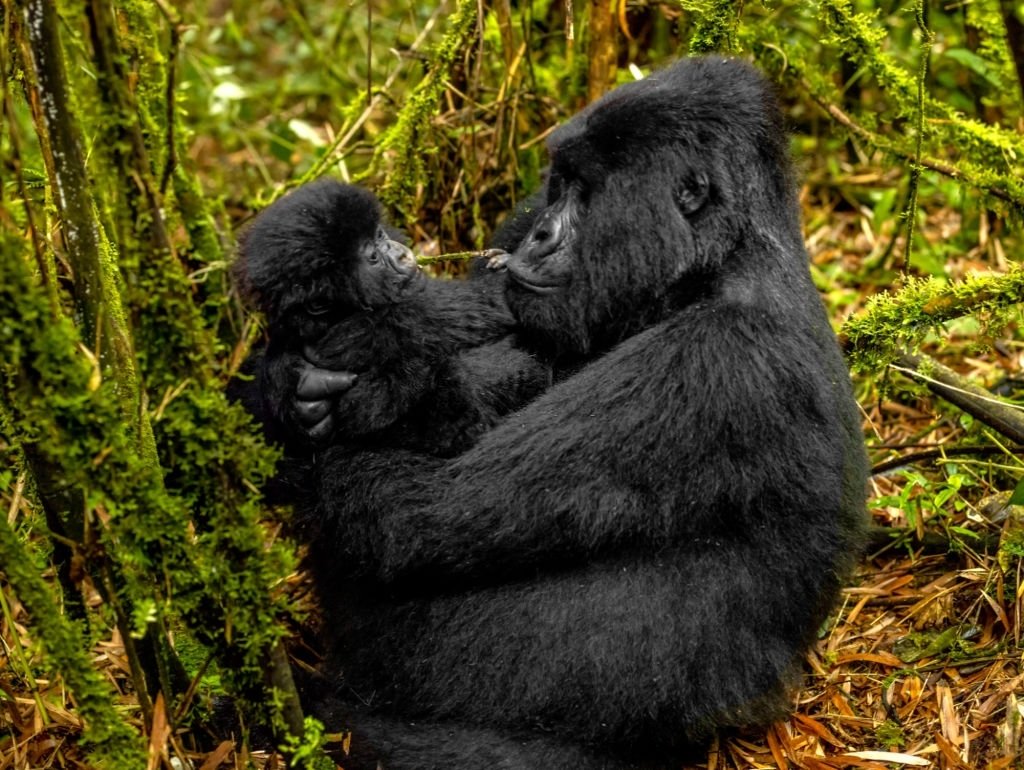
Hirwa family
The gorilla family formed after some members split from Sabyinyo and Agashya families to form one Hirwa family. The family comprise of 9 members which include a dominant silver back, 2 juveniles, 3 young ones and 3 female adult gorillas.
The gorilla family formed after some members split from Sabyinyo and Agashya families to form one Hirwa family. The family comprise of 9 members which include a dominant silver back, 2 juveniles, 3 young ones and 3 female adult gorillas.
Kwitonda family
This family formerly inhabited the tropical rain forest of the Democratic republic of Congo after which it migrated to Rwanda and settled in volcanoes national park. Kwitonda, which means “humble one”, is the head of a family with 18 members, 1 other silverback and the black back. The past movements of kwitonda family to the DRC made its trekking difficult but has presently settled in Rwanda and available for trekking.
This family formerly inhabited the tropical rain forest of the Democratic republic of Congo after which it migrated to Rwanda and settled in volcanoes national park. Kwitonda, which means “humble one”, is the head of a family with 18 members, 1 other silverback and the black back. The past movements of kwitonda family to the DRC made its trekking difficult but has presently settled in Rwanda and available for trekking.
Sabyinyo family
This is the most peaceful family in volcanoes national park led by Ubumwe a dominant silverback. Amahoro is translated in kirwanrwanda as peaceful and the family has surely proved to be peaceful despite compared o other families. Amahoro families comprise of 17 members and live beneath karisimbi volcano.
This is the most peaceful family in volcanoes national park led by Ubumwe a dominant silverback. Amahoro is translated in kirwanrwanda as peaceful and the family has surely proved to be peaceful despite compared o other families. Amahoro families comprise of 17 members and live beneath karisimbi volcano.
Agashya family
The family was formerly headed by Nyakarima who was over thrown by Agashya a dominant silverback who currently heads the family. At the time of its habituation, Agashya family comprised of comprised of 13 members but has presently expanded to 25 individuals with the leadership of Agashya.
The family was formerly headed by Nyakarima who was over thrown by Agashya a dominant silverback who currently heads the family. At the time of its habituation, Agashya family comprised of comprised of 13 members but has presently expanded to 25 individuals with the leadership of Agashya.
Umubano family
Led by Charles the dominant silverback, Umubano gorilla family was formerly part of the Amahoro family, which broke up when Charles disagreed with Ubumwe the dominant silver back of Amahoro family. Charles decided to start his independent family and went with other families’ members from Amahoro group. At present, Umubano has a total of 9 members with 1 silverback.
Led by Charles the dominant silverback, Umubano gorilla family was formerly part of the Amahoro family, which broke up when Charles disagreed with Ubumwe the dominant silver back of Amahoro family. Charles decided to start his independent family and went with other families’ members from Amahoro group. At present, Umubano has a total of 9 members with 1 silverback.
Bwenge family
This familycomprises of 11 members and is led by Bwenge a dominant silverback. In 2007, Bwenge broke from his former family and was later joined by other members. The family faced hard times in the start when it lost 6 infants at the once which was a great draw back.
This familycomprises of 11 members and is led by Bwenge a dominant silverback. In 2007, Bwenge broke from his former family and was later joined by other members. The family faced hard times in the start when it lost 6 infants at the once which was a great draw back.
Ugenda family
The family derived its name from Kinyarwanda word, which means a “move” due to its continuous movements from one place to another. The family now consists of 11 members with 2 silverbacks and roars in the slopes of mount karisimbi.
The family derived its name from Kinyarwanda word, which means a “move” due to its continuous movements from one place to another. The family now consists of 11 members with 2 silverbacks and roars in the slopes of mount karisimbi.
